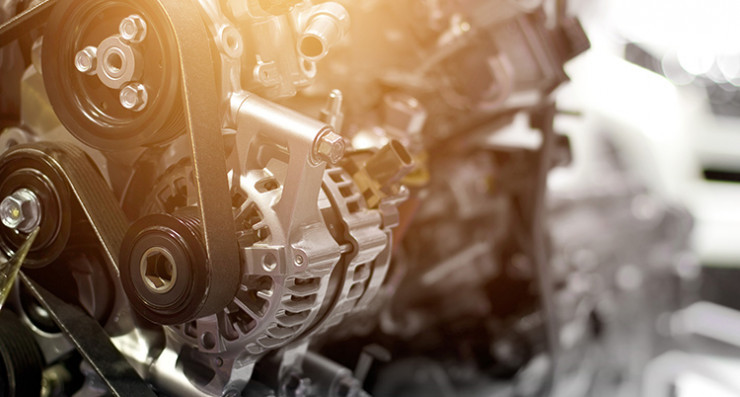Your vehicle is a complex piece of machinery with numerous interconnected parts that work together to keep it running smoothly. One often-overlooked but crucial component in this intricate system is the serpentine belt. In this article, we'll dive into the importance of serpentine belts, the best maintenance practices to ensure their longevity, and the average cost of replacement.
The Role of the Serpentine Belt
The serpentine belt, often called the drive belt, is a single, continuous belt that snakes its way through various engine components, including the alternator, power steering pump, air conditioning compressor, and water pump. Its primary role is to transfer power from the engine's crankshaft to these vital accessories. This transfer of power is essential for your vehicle's overall performance, as it keeps essential systems running smoothly.
Maintenance Practices for Serpentine Belts
- Regular Inspection: Visual inspection is the first line of defense for serpentine belt maintenance. Look for signs of wear, such as cracks, fraying, or glazing on the belt's surface. Any visible damage should prompt immediate action.
- Tension Adjustment: Proper tension is critical for serpentine belts to function correctly. Over time, they can become loose, leading to slipping and increased wear. Regularly check the belt's tension and make adjustments as needed according to your vehicle's manufacturer recommendations.
- Replace as Needed: Serpentine belts don't last forever. Most manufacturers recommend replacing them every 60,000 to 100,000 miles, but consult your vehicle's manual for specific guidelines. If you notice any of the signs of wear mentioned earlier, don't wait for the recommended interval; replace the belt promptly.
- Belt Alignment: Misaligned pulleys can cause excessive wear on the serpentine belt. Ensure all pulleys are properly aligned to prevent unnecessary strain on the belt.
- Professional Inspection: Include serpentine belt inspection as part of your routine vehicle maintenance, and have a professional mechanic assess its condition during scheduled service appointments.
Average Cost of Serpentine Belt Replacement
The cost of replacing a serpentine belt can vary depending on your vehicle's make and model, as well as labor costs in your region. On average, you can expect to pay between $75 and $200 for parts and labor. However, more luxurious or specialized vehicles may have higher replacement costs.
It's important to note that while replacing a serpentine belt is a relatively affordable maintenance task, neglecting it can lead to more significant and costly issues. A broken serpentine belt can cause your vehicle's essential systems to fail, leading to overheating, loss of power steering, and other potentially dangerous situations.
In Conclusion
Serpentine belts play a vital role in your vehicle's overall performance, powering essential components that keep it running smoothly. Regular inspection, proper tension, and timely replacement are key to ensuring the longevity of your serpentine belt. While the average cost of replacement is relatively reasonable, the consequences of neglecting this crucial component can be far more expensive and dangerous. Invest in your vehicle's health by giving your serpentine belt the attention it deserves.

